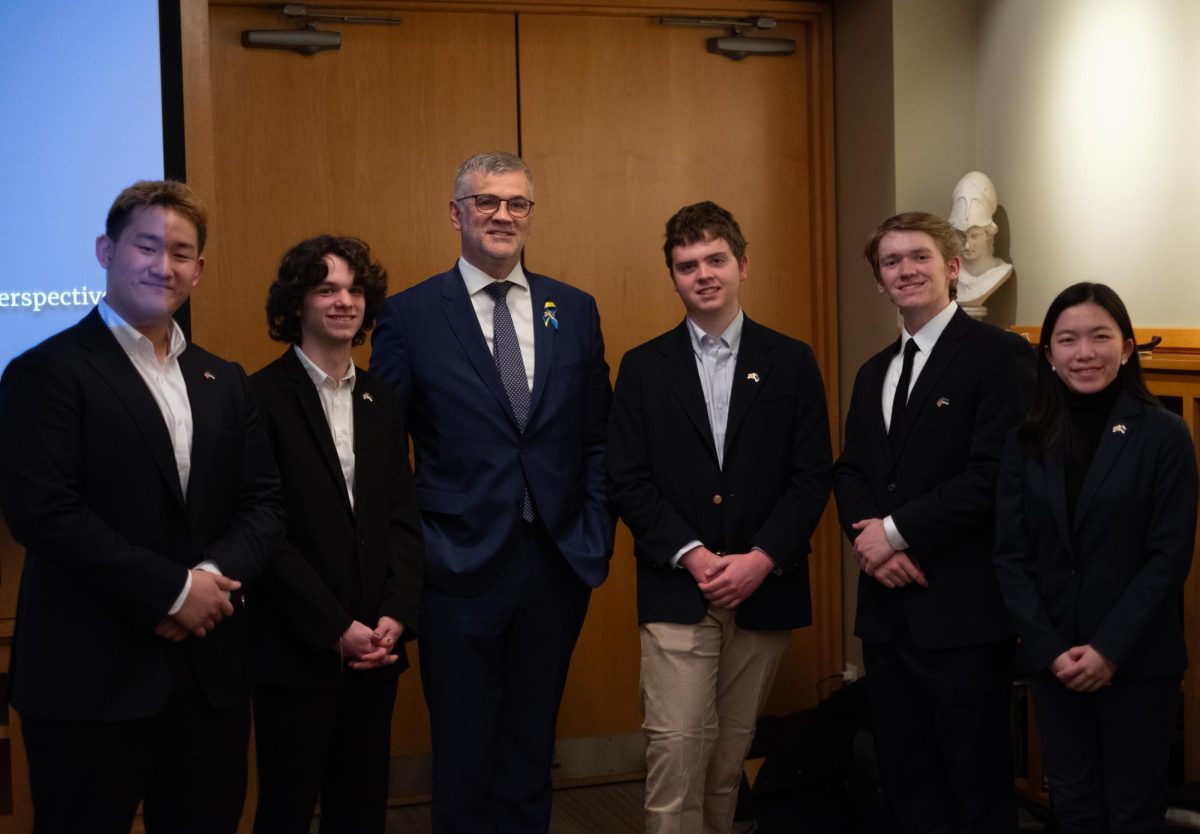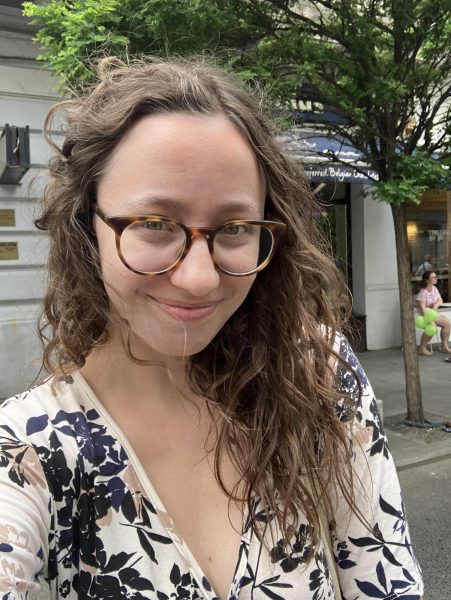On the morning of April 12, a man got on a subway in New York City with a gun, a hatchet, fireworks, ammunition, gasoline and smoke bombs. He detonated the smoke bombs and shot ten people. In total, he injured 29 people, at least four of whom were children. Fireworks are not legal in New York City. Concealed carrying of firearms is so restricted as to be essentially illegal in the State of New York. This, however, could soon change, as the Supreme Court is currently hearing a case in which the New York State National Rifle & Pistol Association is arguing that these restrictions violate the Second Amendment.
The attack on the subway was an act of terrorism and there are still a plethora of questions surrounding how and why it wasn’t prevented. But for now, I’m going to focus on a single issue, which is how the shooter had the gun in the first place. The answer is simple: lack of gun control by other states and the federal government. The suspected shooter bought the gun legally in 2011 in Ohio—at the time, he had already been arrested nine times in New York and three times in New Jersey in addition to having criminal records in Pennsylvania and Wisconsin—and brought that gun across state borders into New York City, where he allegedly used it to commit a mass shooting.
As of April 6, 296 people have been shot in New York City so far this year, despite New York’s strict gun control laws. According to a 2016 report by the New York Office of the Attorney General, “virtually all guns in the United States begin as legal firearms.” In 2021, 8.33% of guns seized in New York State were “ghost guns,” which, until recently, were legal in the state. Ghost guns are guns that are unregistered and lack serial numbers, and they were not subject to the same restrictions on sale as other guns and so could be bought without a background check. New York State passed legislation banning ghost guns in 2021, and President Biden only days ago signed an executive order subjecting them to the same regulations as any other guns.
Most of the guns used to shoot people in New York, however, were illegal guns rather than ghost guns or other legally owned guns. According to FiveThirtyEight, the most recent federal report on gun trafficking includes no data more recent than 1998, but a 2008 study showed that the “overwhelming majority” of crimes involving guns were committed with illegal guns.
An analysis in the report by the Attorney General’s Office showed that 74% of traceable guns recovered in New York State after being used to commit crimes were purchased in a different state, compared to a national average of 29%. That disparity increases when looking only at New York City: 87% of all guns, including 92% of handguns, recovered from New York City were purchased in a different state. This leaves the question, then, of where exactly those guns are coming from.
When looking specifically at guns used in crimes that were likely to have been purchased solely for the reason of illegal sale (also known as trafficking), 70% of the guns recovered in the State of New York originate in only six states: Georgia, South Carolina, Virginia, North Carolina, Pennsylvania and Florida, which make up the “Iron Pipeline.” This may seem like a random assortment of states, but it isn’t. New Jersey, for example, despite sharing a large and frequently crossed border with New York, accounts for few of the guns trafficked into NY. This is thought to be because New Jersey requires permits and background checks for guns. This stands in contrast with the states composing the Iron Pipeline—when selling a gun either privately or at a gun show, Pennsylvania is the only state of the six which requires a background check, and it only requires one for handguns. North Carolina is the only one of the six to require a permit to buy a handgun. The “New York Pipeline” includes these six states and Ohio, as Ohio has the same lack of gun safety laws and it is easy to drive from Ohio to New York.
Gun trafficking is not a federal crime. The sale of guns without a permit or a background check is legal in some states. So these guns are being bought legally, and it is left to states to prosecute trafficking. New York is not an independent country—it cannot close its borders or ensure that each person entering the state is not bringing with them illegal guns, and so the federal government is, to some extent, responsible for ensuring the safety of New Yorkers as it pertains to inter-state relations. As a result, New York can have as many laws regarding gun ownership as it does (and it absolutely should), but as we saw on Tuesday, the state is powerless to stop guns illegal under state law from entering and being used for acts of terrorism, causing injuries, panic and incalculable trauma.
State borders are too porous to justify having a gun be legal in one state and illegal in the next. As long as people can buy a gun in a state where it’s legal and sell it or shoot ten people using it in a state where buying that gun is illegal, New York’s strict gun control cannot be enough to protect its residents. Guns are far too portable for gun control policies to be left to states, and the lack of federal gun control is dangerous. Only regulations at the federal level can effectively prevent illegal guns in New York—without it, state legislation is a practically futile attempt at gun control.
Restrictions on gun sales and ownership could prevent terrorism and mass shootings, and the federal government has a responsibility to act. Every state without adequate gun control is responsible for the lives lost to mass shootings in New York, but that does not preclude the federal government’s responsibility. The federal government has the ability to make it, at the very least, more challenging to commit acts of terrorism, and to do nothing is to allow attacks like this most recent one to happen. The people of New York, and every other state and person harmed by guns, deserve better.
The attack on the New York City subway was an act of terrorism that should have been prevented, and it was a tragedy for all of New York City. It also reminded people of the dangers of guns in cities and the need for gun control. Effective gun legislation cannot happen on the state level and we must call upon the federal government to prevent needless violence and shootings by instituting real federal gun control.










